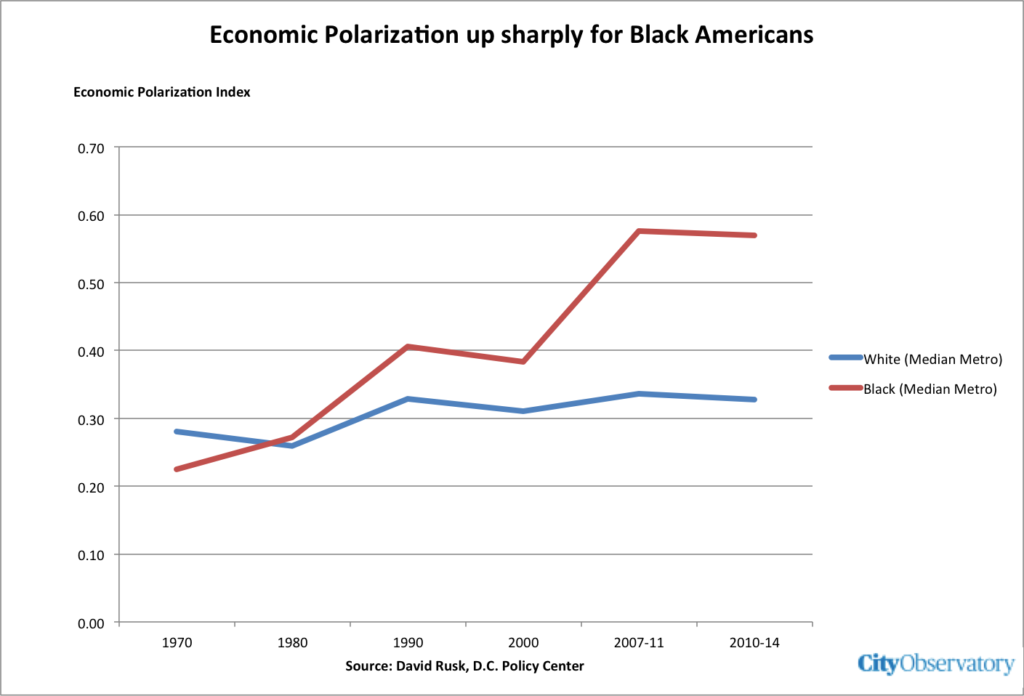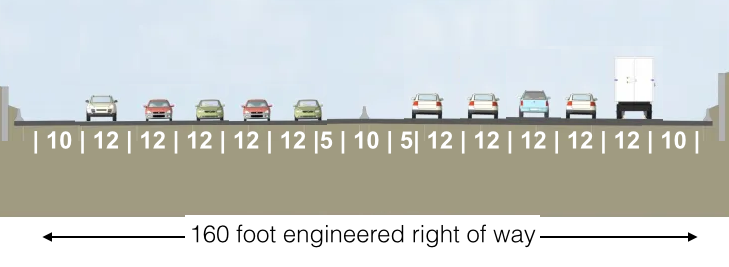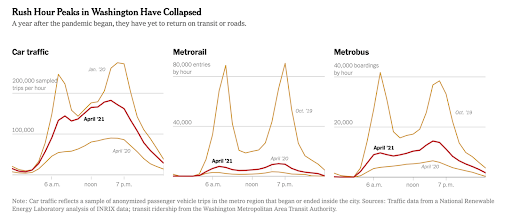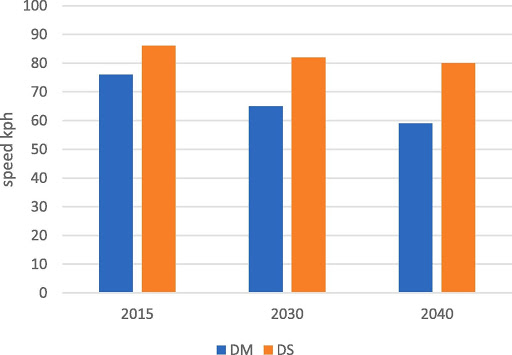What City Observatory this week
1. Race and economic polarization. In the past several decades, racial segregation in the US has attenuated, but economic segregation has increased. This is nowhere more apparent than in the residential patterns of Black Americans. A recent analysis by David Rusk looks at the growing economic polarization of urban neighborhoods and its effects on the Black community. In the heyday of segregation 50 years ago, Black Americans were effectively restricted to Black neighborhoods, regardless of their income. Consequently, Black Americans were considerably less segregated by income than other Americans (high income and low income Black households tended to live in the same neighborhoods). As the following chart shows, economic polarization for whites has moved upward only slightly since 1970. In contrast, Black Americans, who were less polarized that whites in 1970, and now vastly more polarized by income.
In recent decades, however, upper and middle income Black families have been the ones moving to suburbs and integrated neighborhoods, with the result being that low income Black families are now more segregated both by race and income. This growing economic polarization is a huge challenge for the nation’s cities and for achieving social justice.
2. More evidence the Oregon Department of Transportation is lying about its Rose Quarter freeway widening project. For several years, ODOT has been trying to “woke-wash” its $800 million plan to widen the I-5 freeway to as much as 10 lanes by asserting that the “covers” it will build over the freeway (really just extra-wide overpasses), will somehow repair the damage done to this traditionally African-American neighborhood when the freeway was first built in the 1960s. A report prepared by an ODOT contractor obtained by alt-weekly Willamette Week, shows that if the agency is serious about constructing “buildable” caps that could support a building, it should be planning a much narrower freeway project, instead of constructing over-sized shoulders (that would ultimately be converted to traffic lanes).
The oversized overpasses that ODOT is proposing are so weak and expensive that they can’t support buildings without adding hundreds of millions of dollars to the cost of the project–something Oregon DOT almost certainly won’t do. The revelations here confirm that ODOT is really only interested in a wider freeway, not restorative justice for the Albina neighborhood.
Must read
1. A Little More Remote Work Could Change Rush Hour a Lot. Coping with peak hour congestion is one of the key challenges of transportation policy. Transportation systems have long been structured to meet the needs of peak travelers, but when the pandemic shifted many jobs from the office to the home, rush hour traffic appeared to dissipate. The increase in telecommuting throughout the COVID-19 pandemic has diminished the rush hour congestion across U.S. cities. Morning rush hour traffic in Washington DC has seen a profound reduction from before the pandemic.
In this New York Times article, Emily Badger explores the implications of remote work, and whether pandemic induced commuting changes will persist. Due to improving technology and major investments, the increased rate of remote workers will likely be maintained as we enter a post-pandemic world. Badger examines the positive impacts on those free from rush hour hell, as well as the essential workers most reliant on the transportation system. This increase in telecommuting presents a groundbreaking opportunity to rethink the structure and investments of transportation systems.
2. Wall Street isn’t to blame for the chaotic housing market. Investors bought a record $77 billion worth of homes in markets around the United States in the final half of 2020. Accusations have been thrown towards these “yield-chasing” institutional investors for purchasing up the single-family houses from consumers as demand increases and prices soar. However, Vox’s Jerusalem Demsas shows that these investors play only a small role in the real estate market. Poor data collection and argument framing have created questionable narratives that highlight the impact of large firms. Demsas argues that this discussion results from a continued failure to address the core reason for these market trends: the undersupply of housing. Local governments and homeowners blocking new homes from being built. This contributed to the creation of this housing shortage, boosting the profitability and attractiveness of the market to large investors. At the same time, low mortgage rates and the increasing entrance of millennials into the housing market combine with this low supply to push the prices up. Scapegoating institutional investors fails to address the central problem — a housing abundance is needed.
3. NIMBYism and the Externalities of Non-Development.We usually consider zoning as a local issue, but that is a flawed point of view. The combined impact of hundreds of local zoning decisions have notable effects on regional housing markets. Local restrictive land use decisions lead to raise housing costs, which spills into labor markets because workers are pushed to less productive cities. In this piece, Will Wilkinson considers these detrimental aggregate impacts of local restrictive zoning regulations, particularly with the problem of “homevoters.” Economist William Fischel defines homevoters as risk-averse individuals who participate in public meetings and the local government to protect and enhance their local property values. These homevoters create reluctance among developers with their difficult negotiations and time-wasting processes. Wilkinson writes that homevoters cause inefficient allocations of development and a reduction in housing options. Homevoter NIMBY-ism with strong local controls creates external costs that impact the entire United States economy and exacerbates the affordability crisis. Wilkinson argues towards a “rebalancing of authority over land use regulation in the direction of state and even federal government.” State governments have the authority to adjust the jurisdiction delegated to cities. An adjustment away from local control might be necessary to ameliorate the adverse effects of homevoters and NIMBYism locally and nationally.
New Knowledge
David Metz from University College London compared the outcome of the road widening to the forecasted model in this paper. Metz found that three years after the opening of the motorway, there was a substantial increase in traffic but no reduction in travel time. Looking at the investment appraisal, the investment was based largely on forecasted journey time savings. It was clear that the increase in travel speed failed to occur. The model’s inability to take induced demand into account resulted in this investment’s approval. M25’s added lane increased traffic but didn’t reduce travel time.
David Metz, “Economic benefits of road widening: Discrepancy between outturn and forecast,” Transportation Research Part A: Policy and Practice, Volume 147, May 2021, Pages 312-319





